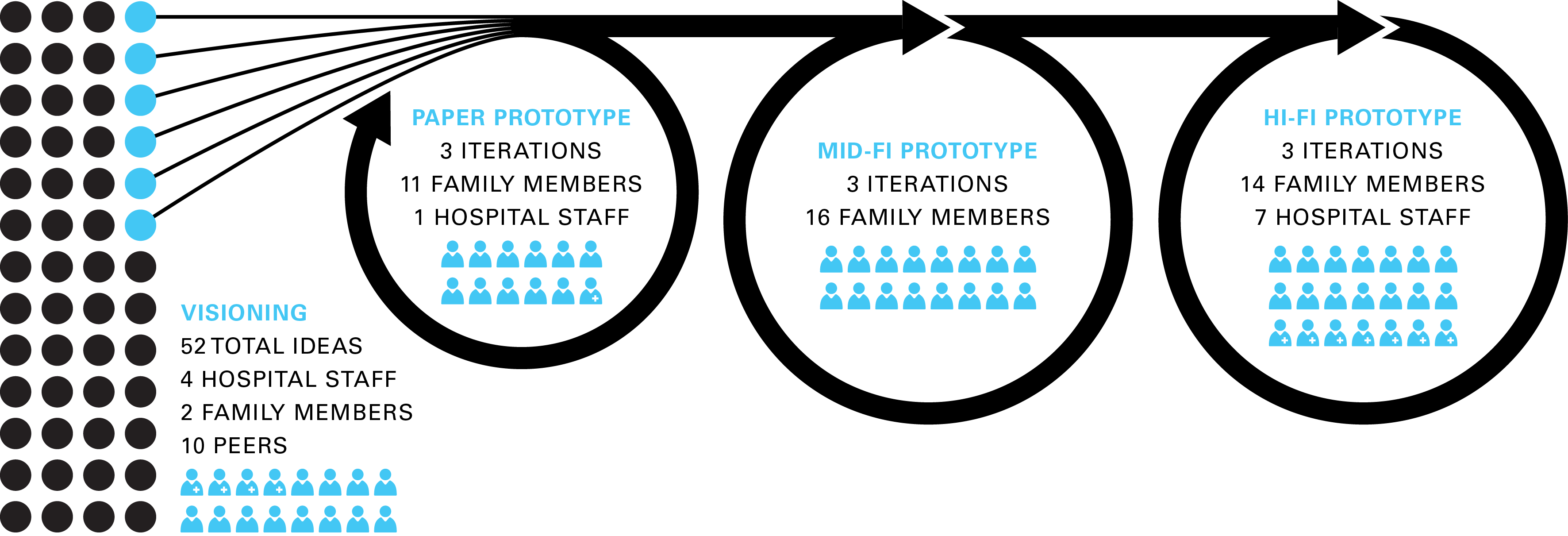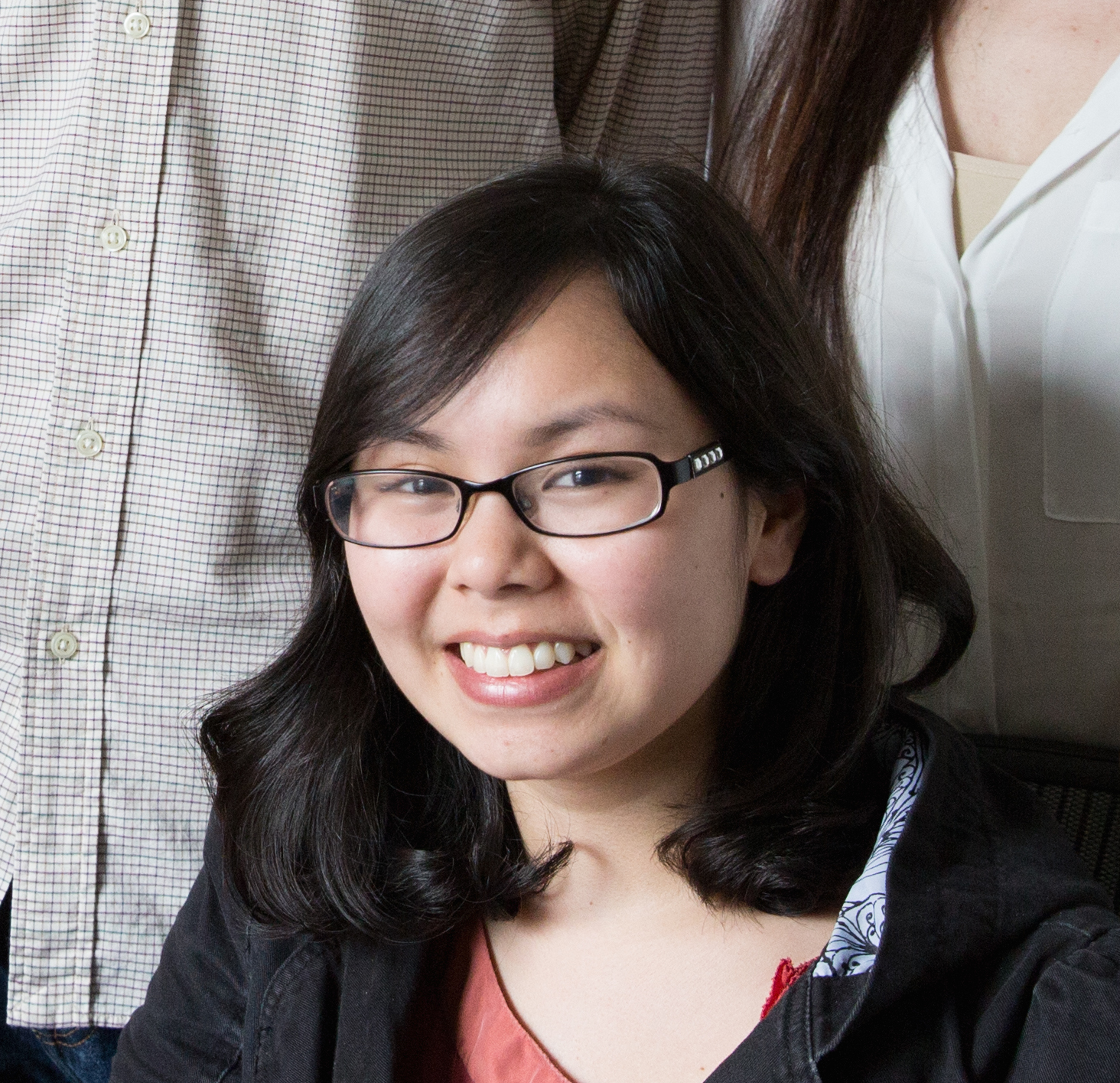MHCI + Our Project
The Carnegie Mellon Human-Computer Interaction Institute is an inter-disciplinary community of students and faculty dedicated to research and education in topics related to computer technology in support of human activity and society. The master’s program is a rigorous 12-month curriculum in which students complete coursework in programming, design, psychology, HCI methods, and electives that allow them to personalize their educational experience. During their second and third semesters, the students participate in a substantial Capstone Project with an industry sponsor.
The Capstone Project course curriculum is structured to cover the end-to-end process of a research and development product cycle. Students work closely with an industry sponsor on new ideas or applications that may work with their existing human-to-machine technology. The goal of this 32-week course is to give each student the opportunity for a “real-life” industry project, similar to an actual experience in a research, design, and development setting. Company sponsors benefit from the innovative ideas produced by the students, to fix existing systems or reach into new markets.








